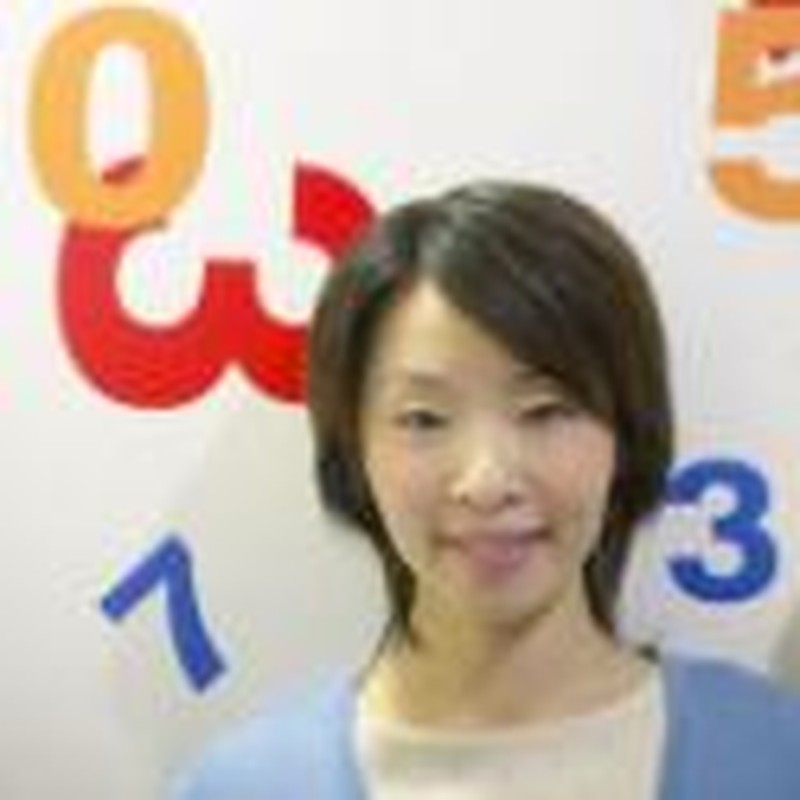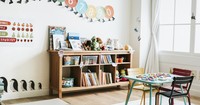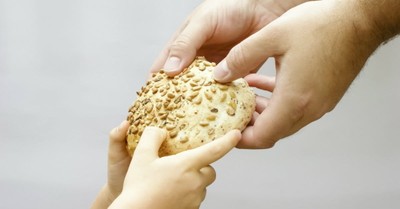Math for Real Life
- Marybeth Whalen The Old Schoolhouse
- Updated Apr 03, 2009

Homeschooling mom Carlita Boyles tried using textbooks to teach math but became frustrated with the pace, which moved too slowly in some places and too fast in others. Reading Ruth Beechick’s books, however, inspired her to take a different approach to teaching math. Using Dr. Beechick’s ideas, Carlita began linking math instruction to real life.
As her children got older, Carlita determined that she needed a review system for them. She developed a format in which they worked just five problems a day; these five problems implemented various math concepts they had learned in the past. When she shared her ideas about real-life learning and daily review in math, moms in Carlita’s homeschool group wanted to teach like Carlita did, but they were afraid of “missing something.” They encouraged her to write a math curriculum, and after much prayer and with the aid of her husband John, the Math on the Level curriculum was born.
Based on both her personal experience and feedback from other moms, Carlita believes that math is a subject in which children can succeed if given the right foundation. She cites different levels of development in children as a reason that many of them come to believe they lack math aptitude. “We certainly don’t expect all children to walk at exactly 12 months, yet if a textbook says they should master a certain math skill at a certain time, we push them to do so.”
Carlita stresses the importance of teaching math at a pace that matches a child’s mental development, noting each child’s uniqueness and readiness when approaching concepts. If a child seems to be struggling, Carlita urges parents to just drop the textbook for a time and instead focus on using math activities and games. The key is to begin in a place where the child feels comfortable and can be successful. This helps build the child’s confidence and assures him that he is capable of learning math concepts successfully. “With this approach,” Carlita says, “I have seen children go from hating math and avoiding it to asking to do it first each day!”
What if your children don’t struggle in math? What if they grasp math concepts quickly and easily? How can parents challenge children like this—especially if the parent isn’t especially strong in math? Carlita says that it is important to watch for boredom in these children. A child who does well in math can easily get frustrated when given too many problems that focus on concepts he has fully grasped. Continual review is still important, but Carlita encourages parents to take advantage of the freedom to move on more quickly. Some gifted children will do better if allowed to continue working with a concept in greater depth. For instance, instead of learning only the “grade requirements” for topics such as fractions, decimals, or percents, let students progress into higher and higher levels of understanding related to the basic concepts. Above all, Carlita encourages parents to be confident in the fact that they know their children better than the textbook author and to trust their instincts in how far to push (and when to let up).
Carlita stresses that as we encounter real-life examples of math concepts, we should point them out to our children daily. She shared these examples of ways to implement math skills in everyday life:
- Let children calculate gas mileage.
- Take them bargain shopping and let them calculate the percentage of savings.
- Teach them to use money—this strengthens decimal concepts.
- Make models to teach ratio and proportions.
- Help them become aware of metric measurements, for example, observing measurements (such as ounces and liters) that are printed on items in the grocery store.
- Use the metric system when cooking—a child who uses the metric system in real life will not struggle with that math concept when it is introduced to him later, because he will be familiar with it already.
- Also, when cooking, learn how to analyze food content and how to use nutrition charts printed on food items. The kitchen offers many opportunities for learning math!
Parents can lay a foundation for math with young children by reading out loud, as odd as that may sound. “This,” Carlita points out, “doesn’t just mean math storybooks—reading any quality literature helps develop vocabulary, visualization skills, and other concepts that are an intrinsic part of math.” Carlita recommends that young children do a lot of memorization, as this helps strengthen their minds and prepare them for higher-level thinking.
Math doesn’t have to be an isolated subject encountered solely in a textbook. Carlita says, “All children can benefit from weaving math study into other subject areas, such as literature, science, and history. For example, we can teach Roman numerals if we are studying Ancient Rome. We can also learn the concept of negative and positive numbers when we learn about B.C. and A.D. in history. . . .
“Word problems are the school’s attempt to copy life. As homeschool parents, we don’t have to copy life, because we’re living it! Fill their lives with math concepts and they will learn.”
Published on April 1, 2009
Marybeth Whalen is the wife of Curt and mom of six children, ages 14 to 1. The family has homeschooled for ten years. Marybeth is the author of For the Write Reason, a speaker for Proverbs 31 Ministries, and a freelance writer. Learn more about Marybeth through her blog at www.HomeschoolBlogger.com/marybeth.
Carlita Boyles has been a homeschool educator for more than ten years. Prior to that, she taught special education classes in the California public school system. Writing Math on the Level has brought a whole new set of adventures to her family. Her three homeschooled children often have to do their studying on the road while traveling all across the country to homeschool conventions, where Carlita speaks about teaching math. She and her husband, John, the editor and illustrator of Moth on the Leve, enjoy music, reading, camping, and traveling together. To learn more about Math on the Level, visit www.mathontheleve.com.
Copyright 2008 The Old Schoolhouse Magazine.
This article originally appeared in the Winter 2008/09 issue.
Used with permission.
Visit The Old Schoolhouse at www.thehomeschoolmagazine.com, and find all your curriculum needs at the Schoolhouse Store.



















